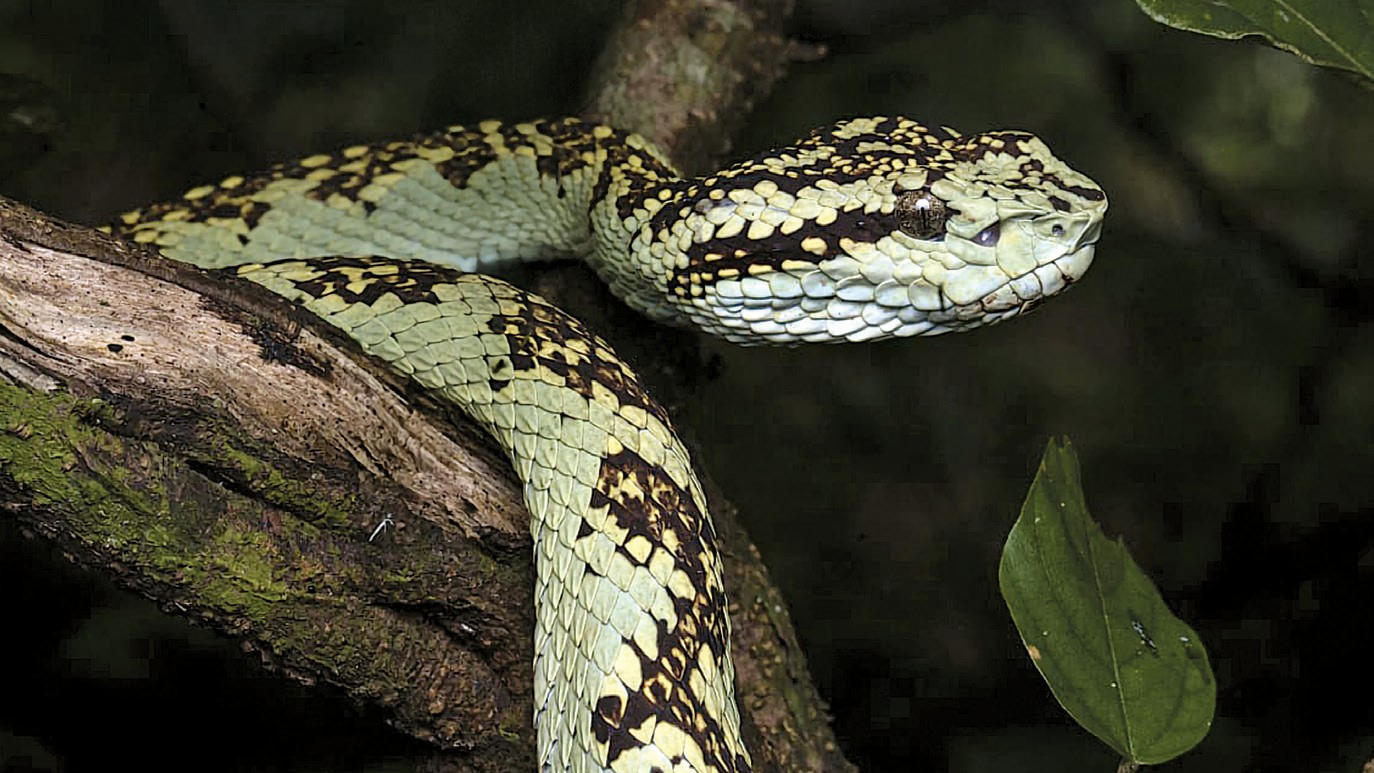

Dolcy D'Cruz
The silent nature of reptiles and amphibians
As an ecologist and researcher working with reptiles and amphibians, Nirmal Kulkarni stresses that living in harmony and coexistence with these lesser known biodiversity species is a need of the hour. “We often take ecological services rendered by frogs, lizards and snakes for granted due to their silent nature of going about their own lives. But remember, these important lesser known fauna keep rodent and insect populations in check and thus help keep vector borne diseases at bay. We have always had a reverence for all life forms and this is our culture. However in recent times, tolerance for reptiles from snakes to crocodiles and monitor lizards is dwindling due to lack of awareness and this must be addressed,” he says.
Satellite Mapping for the wildlife
The Wildlife Conservation Trust (WCT) has secured a grant to enhance conservation efforts in the Chambal River region, focusing on crocodiles and turtles. A dedicated team, including Goa-based Dr Madhura Niphadkar and three colleagues, developed a proposal that led to this award. “The primary objective is to utilise high-resolution satellite imagery to map nesting sites and habitats of these species without direct field visits. This approach is crucial due to the area's safety concerns, including the presence of criminal activities and sand mining operations,” explains Dr Madhura. The project encompasses three rivers: Chambal, Soon, and Bhadra, and is set to span one year.
Closer to home, she has been involved in the white-bellied sea eagle project run by the Goa Bird Conservation Network and hopes it will get an extension this year.
Sustainability challenges in Goa
Despite ongoing efforts, the rapid pace of urbanisation in Goa poses significant threats to sustainability. “Infrastructure developments like roads and flyovers contribute to land conversion from green to grey, outpacing conservation measures. The recent flooding incidents in Goa highlight the consequences of inadequate drainage systems and waste management. Regular maintenance and community-driven cleanliness initiatives are essential to mitigate such issues. Development projects in Goa often lack comprehensive planning, leading to unforeseen environmental impacts,” says Dr Madhura.
When Goa ranks fourth in India for most observations on nature
Recently, the City Nature Challenge (CNC) encouraged citizens to document local flora and fauna, focusing primarily on their own backyards. While Goa ranked 18th last year with just 843 entries, this year the state made a remarkable leap, recording 1,927 species and securing the fourth position in India for most observations with 20,265 in total. A total of 155 people from Goa participated, with two rare butterfly species, the Aberrant Oakblue and the Banded Royal, both observed by Devesh Naik during the challenge.
“Documentation of biodiversity is an important activity towards inculcating a sense of nature stewardship amongst citizens. Nature documentation encourages people to learn about the biodiversity in their surroundings and help conserve it. It is also a means of collecting large amounts of data in a short span of time, which is often difficult for the scientific community to achieve due to lack of time and capital. The information collected during CNC is vetted by experts and is used to enhance scientific knowledge about biodiversity of an area,” says Aditya Kakodkar, State Coordinator Goa, WWF-INDIA.
Why youth enthusiasm needs adult support
Young people today are increasingly aware of the importance of biodiversity and environmental conservation. However, there’s a critical gap in the support system meant to nurture this passion. “Teachers and educators are doing their part. Influencers and environmental activists are spreading awareness. But the message, while well-delivered, often doesn’t take root at home. The problem is not with the youngsters as they are interested. The problem is that the support they should receive from their parents is lacking,” says Cyril Fernandes, president of the Chicalim Bio-Crusaders.
“Students are intelligent, curious, and passionate. But without consistent reinforcement at home, their understanding and values risk stagnation. “The teachers do what they can within school hours. People like us take them on nature trails or heritage walks, but after that, it has to be reinforced at home,” he explains. Even an hour or two from parents, spent listening, discussing, and strengthening what children learn, could make a huge difference.
The importance of monsoon for the Western Ghats
“The monsoons are crucial for our study of herpetofauna (reptiles and amphibians) as it is the breeding season for these creatures. Erratic and unseasonal rainfall as well as short days of rain days in the south west monsoons has affected herpetofauna sightings in the past few years. We do not know long term impacts yet, but there is a growing concern about the impact of temperature rises and uncertain rainfall patterns on endemic species of reptiles and amphibians in the Western Ghats of India,” explains Nirmal.